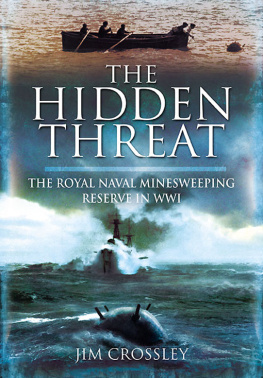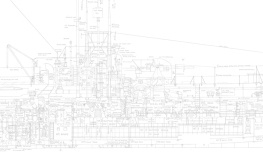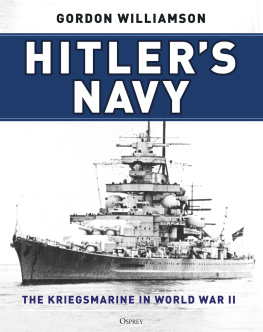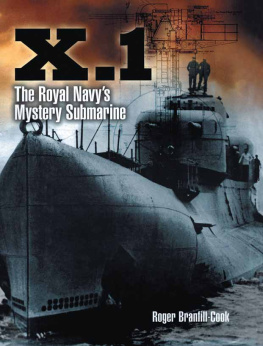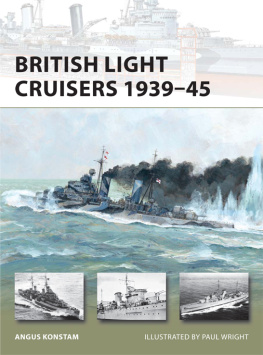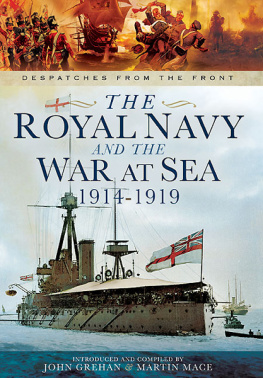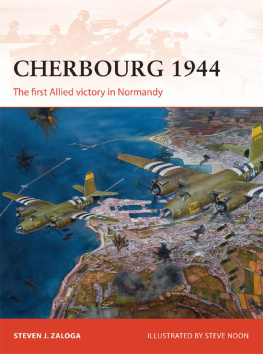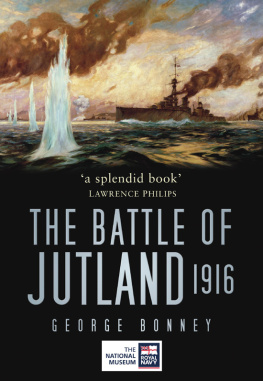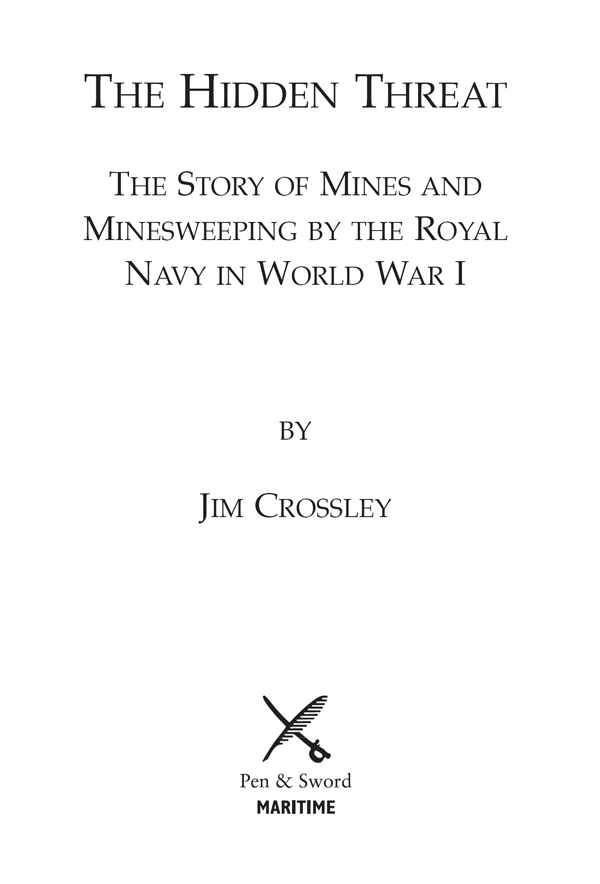Dedicated to the brave men who kept the sea lanes open,
and saved the Allied cause between 1914 and 1919.
First published in Great Britain in 2011 by
Pen & Sword Maritime
an imprint of
Pen & Sword Books Ltd
47 Church Street
Barnsley
South Yorkshire
S70 2AS
Copyright Jim Crossley 2011
ISBN 978-1-84884-272-4
The right of Jim Crossley to be identified as Author of this Work has been asserted by him in accordance with the Copyright, Designs and Patents Act 1988.
A CIP catalogue record for this book is available from the British Library.
All rights reserved. No part of this book may be reproduced or transmitted in any form or by any means, electronic or mechanical including photocopying, recording or by any information storage and retrieval system, without permission from the Publisher in writing.
Typeset in 11.5pt Ehrhardt by
Mac Style, Beverley, E. Yorkshire
Printed and bound in the UK by CPI
Pen & Sword Books Ltd incorporates the Imprints of Pen & Sword Aviation, Pen & Sword Maritime, Pen & Sword Military, Wharncliffe Local History, Pen and Sword Select, Pen and Sword Military Classics, Leo Cooper, Remember When, Seaforth Publishing and Frontline Publishing.
For a complete list of Pen & Sword titles please contact
PEN & SWORD BOOKS LIMITED
47 Church Street, Barnsley, South Yorkshire, S70 2AS, England
E-mail:
Website: www.pen-and-sword.co.uk
Contents
List of Figures
Charts
The Minesweepers
by Rudyard Kipling
Dawn off the Foreland-the young flood making
Jumbled and short and steep black in the hollows and bright where it's breaking
Awkward water to sweep.
Mines reported in the fairway. Warn all shipping and detain
Sent up Unity, Claribel, Assyrian, Stormcock and Golden Gain.
Noon off the Foreland-the first ebb making
Lumpy and strong in the bight.
Boom after boom, and the golf hut shaking
And the jackdaws wild with fright.
Mines located in the fairway,
Boats now working up the chain.
Sweepers Unity, Claribel, Assyrian, Stormcock and Golden Gain.
Dusk off the Foreland-the last light going
And the traffic crowding through
And five damned trawlers with their syreens blowing
Heading the whole review!
Sweep completed in the fairway.
No more mines remain.
Send back Unity, Claribel, Assyrian, Stormcock and Golden Gain.
Introduction
O n 26 October 1914 the Second Battle Squadron of the Royal Navy (2BS) put to sea for exercises, they were to fire their main armament at targets towed by two tugs, Plover and Flying Condor, and they were escorted by the light cruiser Liverpool. 2BS consisted of five ships, its strength would normally have been eight but three of them were in dock for various reasons. They were all super dreadnought battleships with names redolent of the great days of the Royal Navy King George V, Audacious, Centurion, Monarch and Thunderer. The nation expected from them a performance to equal that of the heroic age of the British maritime power in the days of Nelson, St Vincent, Hawke and a host of other magnificent figures from previous centuries. These super dreadnoughts were all products of the 1909 and 1910 building programmes of the Royal Navy. They represented the epitome of contemporary naval technology. They displaced 22,500 to 23,000 tons and were capable of a top speed of about 21 knots. They had the advantage of their German peers in speed and weight of broadside (13.5-inch guns as against 12-inch), but were slightly less heavily armoured. The commander of this formidable squadron was Vice Admiral Sir George Warrender Bt KCB. Warrender was in every respect typical of the admirals of the Royal Navy of the time. He was brave as a lion, aristocratic, popular with his subordinates and able to use his considerable personal charm to inspire loyalty and devotion among the officers and seamen under his command. Unfortunately, his training and upbringing made him incapable of comprehending the threats or the realities of warfare in the twentieth century. One of his contemporaries, Commodore Barge Goodenough, remarked admiringly on his possession of An imperturbability that no circumstances could ruffle others attributed his calm to the fact that he seldom understood the magnitude of the problem.
The terrible dangers faced by the Grand Fleet as the mighty force under command of Admiral Sir John Jellicoe was known had already been brought home pretty comprehensively to its Commander-in-Chief. The fleet war anchorage at Scapa Flow had been plagued by the real or imaginary appearance of German submarines since the outbreak of the war. Further south, three old cruisers had been torpedoed in quick succession by a U-boat on 22 September with the loss of 1,400 lives. Concluding that his ships were unsafe at Scapa, Jellicoe had moved the fleet anchorage, first to Loch Ewe on the west coast of Scotland, then even further away to Loch-na-Keal on the Isle of Mull, which had a narrow and easily protected entrance, and to Loch Swilly in the north of Ireland, also easily defended. It was incomprehensible to many of his countrymen, who confidently expected an early victory at sea on the scale of Trafalgar, that the greatest battle fleet in the world could be driven to take shelter so far away from its base by a handful of primitive submarines. But Jellicoe realized that he was facing an entirely new type of naval warfare. In previous ages big warships were immune to attack by smaller ones. A nineteenth century sloop, for example, had no chance whatever of sinking a battleship, but the advent of high-explosive torpedoes and mines had turned the established norms on their head. A torpedo fired by a 130-ton submarine, or a speeding torpedo boat, a mine laid by a stealthy trawler or a disguised railway ferry: in 1914 these represented deadly threats to the mightiest super dreadnought. Seeing the threat very clearly, Jellicoe wrote a paper to cover himself in case he was considered lacking in fighting spirit by his superiors. He feared that his enemy might try to feign flight so as to lure his big ships onto a trap set by submarines or by a minefield. He knew that all German warships had facilities for dropping mines over the stern when they were being chased and regarded this as a grave danger. He wrote to the Admiralty:
If for instance the enemy battle fleet were to turn away from our advancing fleet I would assume it was to lead us over mines or submarines and refuse to be drawn. I desire particularly to draw the attention of their Lordships to this point since it may be deemed a refusal of battle and might possibly result in failure to bring the enemy to action as soon as it is expected. Such a result would be absolutely repugnant to the feelings of all British naval officers and men, but with new untried methods of warfare, new tactics must be devised (These) if not understood properly, may bring odium on me, but so long as I have the confidence of their Lordships, I intend to pursue the proper course to defeat and annihilate the enemy's battle fleet without regard for uninstructed opinion or criticism. The situation is a difficult one: it is quite possible that half of our battle fleet might be disabled by underwater attack before the great guns opened fire at all.
In writing this Jellicoe showed himself to be a thinking admiral who clearly understood the strategic imperative of keeping the battle fleet in being, and superior to its enemy. In the event, he probably over stated the danger from submarines; the boats available in 1914 were not destined to have much success against fast moving warships, but his fear of mines was certainly justified.
Next page
